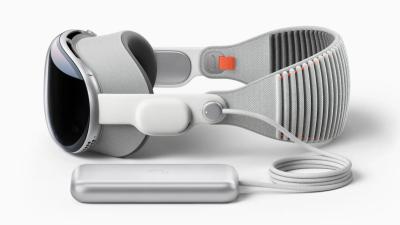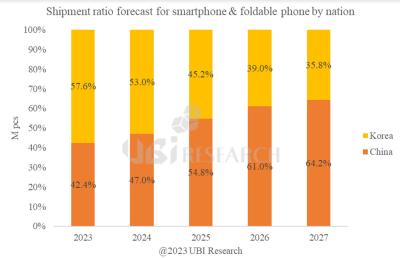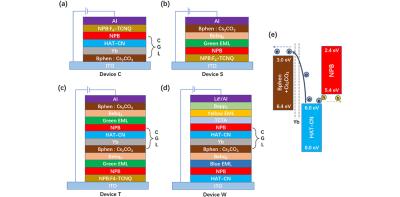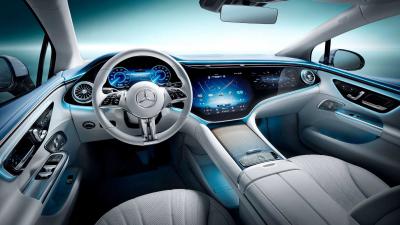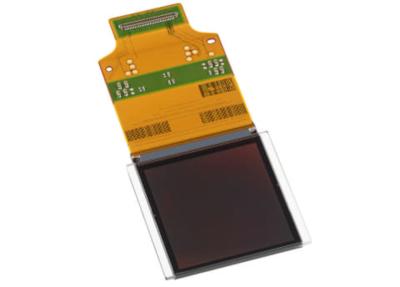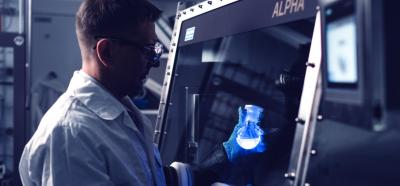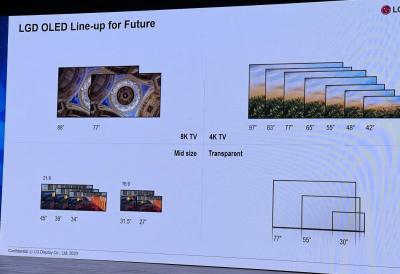The US Navy placed a $347 million order to replace the F-35 helmets, to adopt OLED microdisplays in the new design
According to reports, the U.S. Navy’s Naval Air Systems Command has placed a $347 million order with Lockheed Martin for a specialized helmet for pilots of the F-35 fighter jet. The new helmet, developed in collaboration between Collins Aerospace and Elbit Systems, will feature an OLED microdisplay, to replace the currently-used LCDs.

In 2018, we reported that the current F-35 Joint Strike Fighter helmet uses an LCD microdisplay (produced by Kopin), which suffers from a green glow (from the LED backlighting) that prevents pilots from seeing a carrier's lights at night. In addition, the current LCD display suffers from optical blooming - light that spills from lit pixels to their adjacent area. Following these issues, the US Navy started testing OLED microdisplays to replace the LCD.
